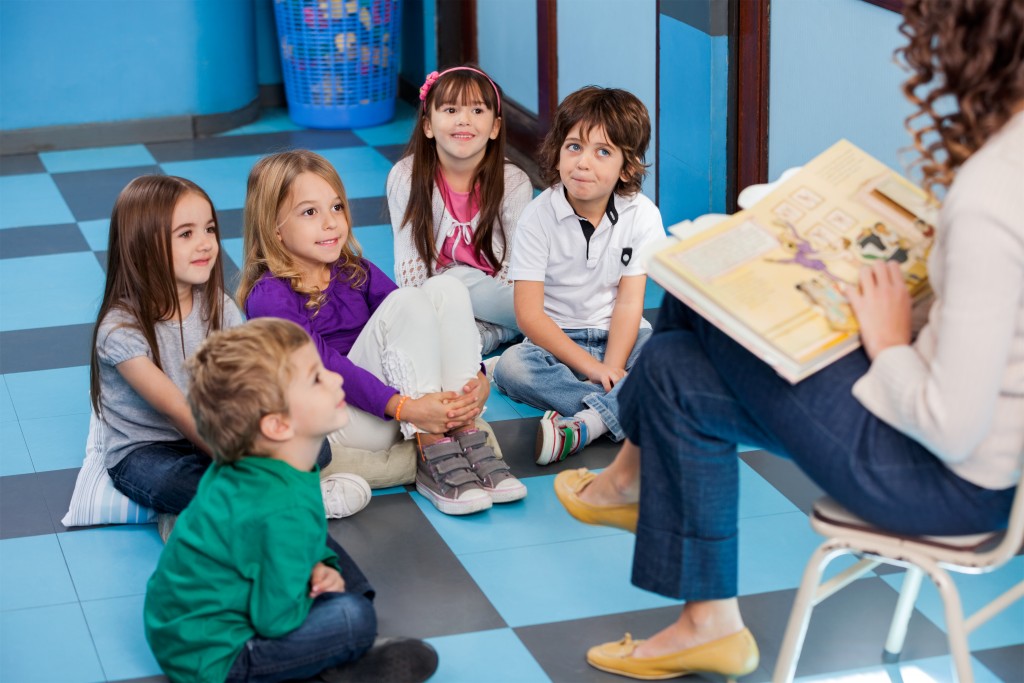COVID-19 has been impactful to most facets of people’s lives. Healthcare and the global economy are on top of the list of sectors that were shaken to the core. But they are far from the only ones that will show lasting effects from it.
Education is one such facet. The arrival of the virus has made it unsafe even to attend school for many parts of the world. Learning institutions were plunged into this new order with little to no preparation. So how do these institutions continue their mandate to teach future generations? What are the most significant changes that will come for education?
Technology to Bridge Gaps
Schools and their students are among the most susceptible to the spread of the infection. That’s why when the government measures were first introduced, there was little question that schools would be affected. Despite the challenge of having most of the students stay home, learning institutions still found a way to continue lessons.
Most schools in the Europe and Central Asia regions have entirely or partially closed down due to the virus. According to the World Bank Blog, most schools continued instructions through online resources. The accessibility of the Internet to schools and students paved the way to a home-based, distance-learning mode of education.
The Pros and Cons of Interconnectivity

The spread of the pandemic further showed the world how connected it is. The lines that connect nations, provinces, and communities translated to an unprecedented rate of transmission of the disease. The connections were also tested in the supply chains of business and industry – where a weakness in one link can mean disruption in the whole cycle.
In education, that means that global influence is inevitable. According to the World Economic Forum, the acceptance and subsequent maximization of this interconnectivity will prompt success in the future. More inclined schools, such as IB schools in Singapore, will produce more adjusted students to this new trend.
The 21st Century Educator
The mentioned World Economic Forum article also touched on how educators of the modern era are no longer the knowledge-holders of the past. More than anything, they are now tasked with facilitating learning for students.
This idea is also strengthened by the fact that students have a whole world’s worth of information at their fingertips. Learning new things is no longer confined within the four walls of a classroom. According to Australia’s Teacher Magazine, one of the emerging roles of an educator is to cultivate the students’ desire to learn more.
Emerging Challenges
These changes within the education system are not without challenges. These issues are also, at least in part, exposed by the current situation.
Although technology and the Internet are more accessible now than ever, socio-economic gaps still build walls between students and learning. The World Bank article stated some regions where the only option was face-to-face education.
Schools, too, face an inherent challenge in having to convey teaching methods through the Internet. Some schools lack the facilities to do so, while others simply don’t have the training.
But these challenges are far less costly to solve than to leave as they are. Education is one of the cornerstones of a thriving society. In time, these issues will be resolved, and a new, more accessible, more inclusive education system will rise. It has begun.


